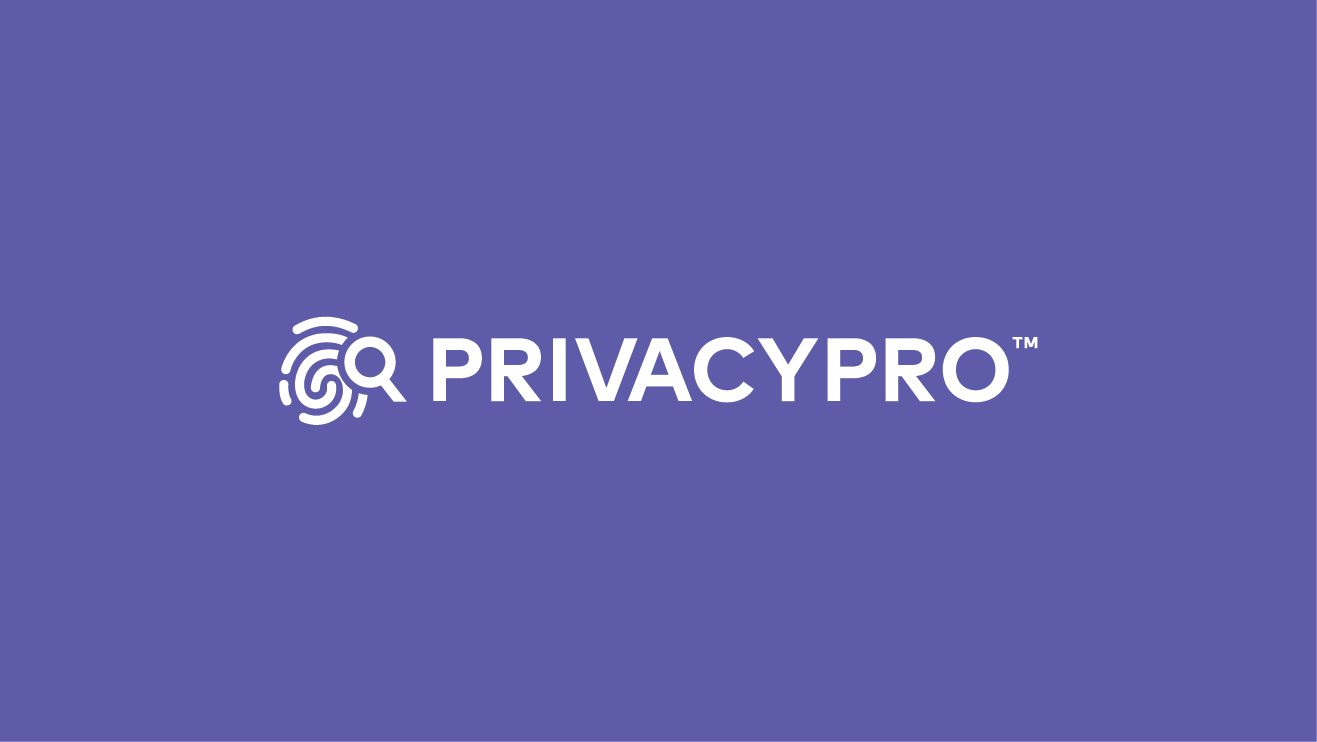In healthcare, patient privacy isn’t just a regulatory checkbox—it’s a core component of patient trust, safety, and organizational integrity. Yet the approach to patient privacy monitoring varies wildly across institutions. Some do the bare minimum to remain compliant, while others invest in sophisticated, AI-driven systems that proactively detect risk before it becomes a headline. It’s important to understand where your institution stands—and what the next level of maturity looks like. Let’s walk through the continuum of patient privacy program sophistication, from doing nothing at all to deploying a full-throttle, proactive analytics platform. By the end, you’ll have a clearer picture of where your current program sits and where it needs to go to truly protect your patients and your organization.
Basic to Full-Throttle Patient Privacy Programs
Building an effective patient privacy program is a gradual process. Most organizations don’t start with a fully developed system—they begin with the basics and, over time, add layers of monitoring, analysis, and enforcement. Each stage reflects how much time, attention, and trust an organization is willing—or able—to invest in protecting patient information.Below, we outline how privacy programs typically evolve, from doing the bare minimum to using advanced analytics to stay ahead of threats.
Nothing
Many healthcare institutions start here—not by choice, but by necessity. Resources are stretched, and compliance teams often lack the time or tools to actively audit EHR access. A baseline may exist: HIPAA training during onboarding, documentation of breaches when they occur, and records of breach reporting. But the reality is that without proactive monitoring, most violations go undetected, leaving institutions exposed to both risk and reputation damage.
Random Audits
One step above doing nothing is, once per month, year, or quarter taking a sample of users and auditing their work. This can help you check a box, and occasionally find an inappropriate actor, but it doesn’t really move the needle on building a better privacy culture.
Regular Algorithmic Audits
Another approach to create a “just enough” patient privacy program is to do regular rule-based audits, like last name matching, checking medical students, or users that view an abnormally large number of records.
Random Audits + Regular Algorithmic Audits
Some institutions combine random audits with regular algorithmic checks, forming a more robust, though still limited, compliance approach. This hybrid model is increasingly common, striking a balance between operational feasibility and modestly increased detection capabilities. Yet without automation and contextual insight, much still slips through the cracks.
Traditional Patient Privacy Monitoring
Traditional privacy monitoring systems scan EHR logs for simple anomalies—like inappropriate department access or flagged names. While these tools introduce automation, they suffer from high false-positive rates and lack the contextual intelligence needed to prioritize real threats. Analysts often spend more time weeding through noise than responding to legitimate risks.
Patient Privacy Intelligence
This more modern version of traditional monitoring often includes dashboards, summaries, and basic analytics. It’s a step up in terms of user interface and accessibility, but the underlying detection methods often remain simplistic. Intelligence without depth may still mislead teams into a false sense of security.
User Behavior Analysis/Machine Learning
These systems use baseline machine learning to identify deviations in user behavior—like excessive access or unusual timing. It’s a promising shift from rules to patterns, but most of these platforms still operate with a narrow view, analyzing isolated behaviors rather than clinically contextualized activity across systems.
Proactive Patient Privacy Analytics (P3A) Platform
At the top of the maturity curve sits proactive patient privacy monitoring platforms. This technology doesn’t just track behavior—it understands it. By analyzing access patterns in the context of clinical roles, patient relationships, and institutional workflows, these platforms offer high-fidelity alerts that reduce noise, increase response efficiency, and enhance patient trust. For organizations seeking leadership in privacy, this is the gold standard.
Where does your privacy program currently stand on this continuum vs. where would you want to be?



